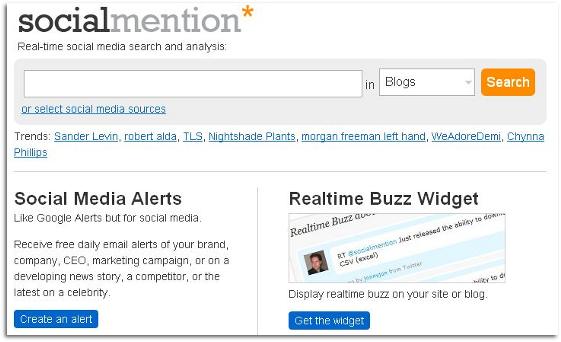Li’l Engine’s Social Media Check List

Used properly, social media can help you with market research, learn about the type of people interested in your business, and build your customer base with only the investment of time. Using social media to build your site traffic and improve visitor loyalty is one of the biggest trends for 2010, and small businesses everywhere are doing it to make their businesses better and increase their sales.
Even though there’s no way around the requirement for having good content, a social media campaign built as a framework around your great content can sincerely help your efforts along. And you can track your success due to your social media campaign pretty easily. Here’s a checklist of the things you should do to make your social media campaign work hard for you.
Steps to a successful social media marketing campaign
 1. Step 1 is the biggie: get involved. Social networking is a giant conversation between businesses and customers and among the customers. Setting up your presence on the big social media sites (Facebook and Twitter are the hot sites right now.) is easy and quick, and there’s no reason not to try it. You’ll be able to increase brand awareness and build up relationships with customers. The marketplace is heavily competitive, particularly with the world economy still lagging, so don’t miss out on the opportunities social media brings.
1. Step 1 is the biggie: get involved. Social networking is a giant conversation between businesses and customers and among the customers. Setting up your presence on the big social media sites (Facebook and Twitter are the hot sites right now.) is easy and quick, and there’s no reason not to try it. You’ll be able to increase brand awareness and build up relationships with customers. The marketplace is heavily competitive, particularly with the world economy still lagging, so don’t miss out on the opportunities social media brings.
2. Block out time or assign a staffer to dedicate to social media marketing. Just Tweeting something whenever you happen to think of it and have a minute or two isn’t good enough. Plan for daily updates. Write it into your schedule. It’s like exercising in that if you don’t schedule it and realize that it’s important, you won’t bother. Regular updating and interacting with followers are important enough that they should be part of your (or your staffer’s) regular work schedule.
3. Remember that social media participation is a give and take relationship. Signing up and spamming everywhere will hurt rather than help your business. Twitterers will stop following you the minute they think you’re only on there to spew links and bombard them with ads. It’s only 140 characters, but you can do a lot with it as far as making it actually say something.
4. Check and double check the quality and make-up of your content. If you put up a new “Top 50” list on your blog and each of the 50 items on the list come with an image, think about what happens if your dream comes true and thousands of visitors at once want to read it. Will it exceed your host’s processor’s bandwidth limitations? You’re better off using Picasa or Flickr for hosting your images so you don’t use up your hosting resources on extras.
5. Add social media vote buttons and badges. Sure, visitors can go to Digg.com and manually digg your blog post, but they won’t. Have a Digg button and make it easy.
6. Be aware of events that are going to swamp your social media posts. Huge news events like earthquakes and celebrity deaths are going to put the strain on the social media networks. It may be best to wait it out for a day or two. Avoid trying to compete with known big events like elections and holidays. Those are days when you can and should keep it light rather than announcing a new product.
7. The corollary to Step 6 is to pick a good time to launch something big. On what days do you pick up the most attention on Twitter and Facebook? What time of day is best? Do it then.
8. Keep a close eye on analytics during any social media campaign. Instant traffic stats are very helpful in finding out what’s working well and what isn’t. Tracking the number of inbound links both before and after a social media campaign is important, particularly if you’re doing a social media campaign as a consultant for someone else. You want to be able to see how well the campaign is working. SocialMention is a good website for tracking chatter about your brand on social media sites. The interface is very simple, as you can see in the screen shot. SEMrush (see screen shot) is a tool that lets you find out what a page is ranking for and other goodies like the Google keywords for a given site.

Social Mention

SEMRush
9. Keep an eye on Digg, Stumbleupon, and reddit to see what type of articles in your niche regularly make it big on those sites.
10. If you can do it regularly and do it well, start a blog. The web is littered with carcasses of old blogs that people started and then abandoned. Don’t let this happen to your brand. If you start a blog, update it regularly. Once a week is good, and once a day is better. Blog posts don’t have to be long, and they don’t have to be Pulitzer Prize material. Blogs are for keeping interested parties updated and engaged. Allow comments (moderated if necessary) and answer at least a few of the comments.
The bottom line is that as a webmaster, you avoid social media at your own peril. It is something important enough that you should devote regular blocks of time to taking care of social media updates, interactions, and metrics. Two similar websites selling the same thing using a similar design or approach can have very different success rates depending on which one uses social media like Twitter and Facebook to their best advantage. Make sure that’s you and not the other guy.







